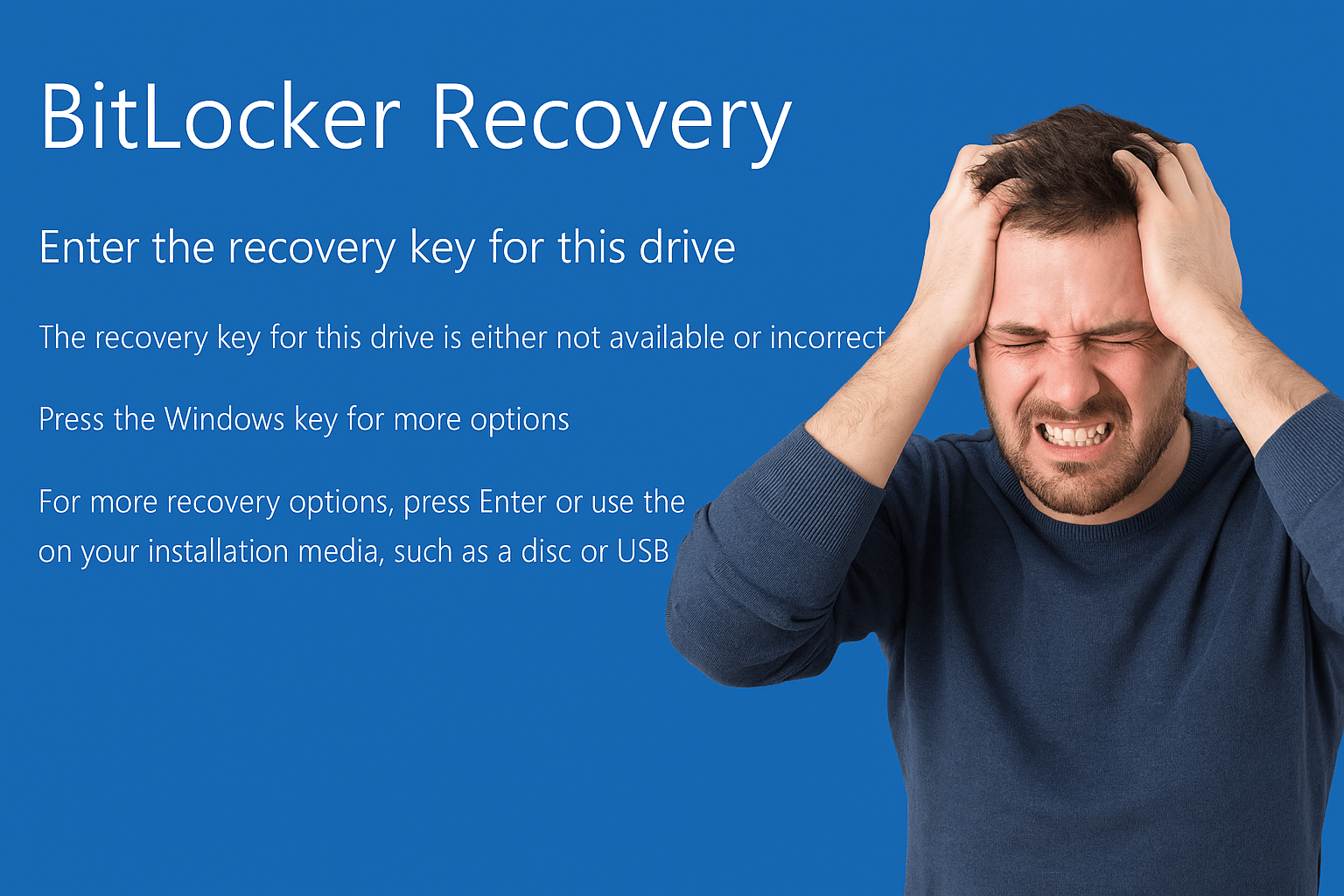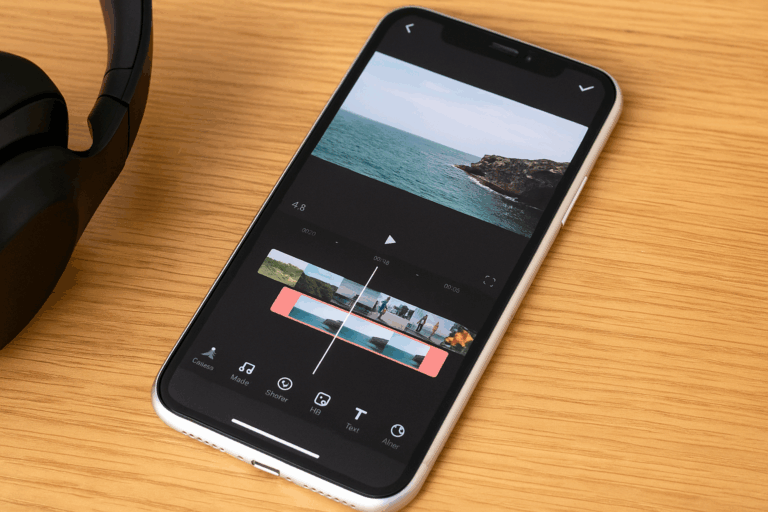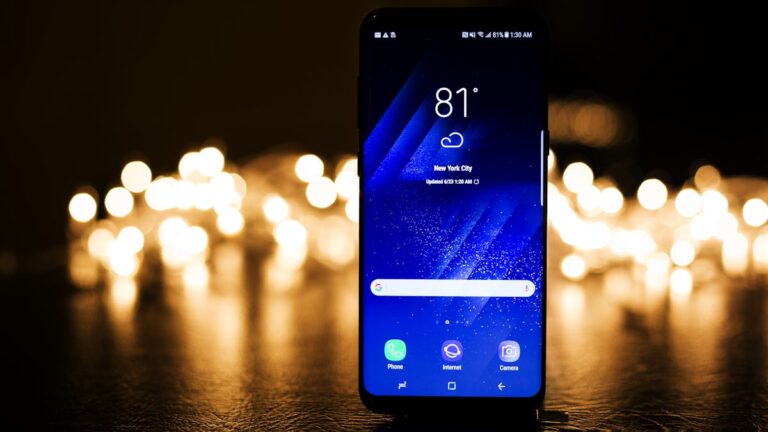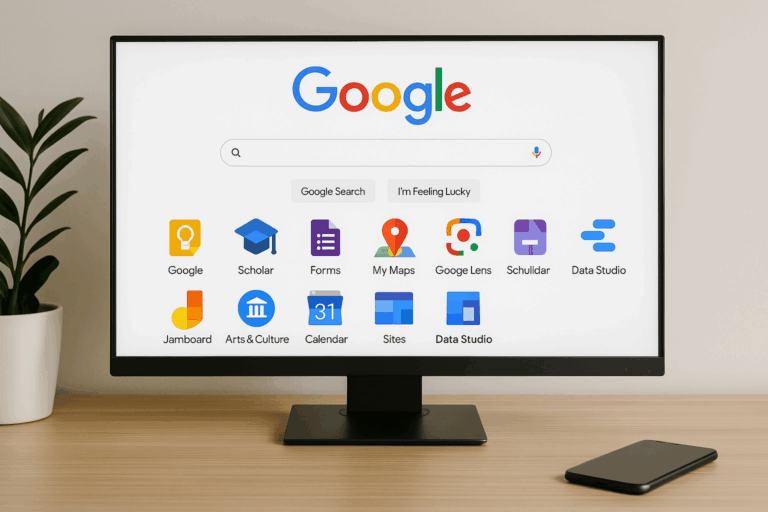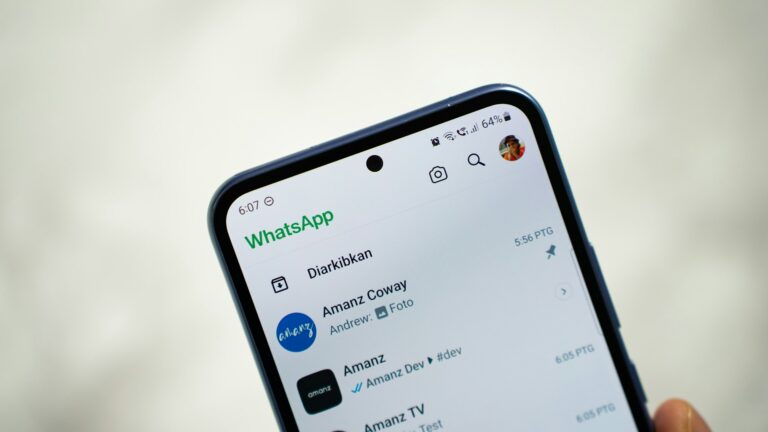Smart Tools for Smart Creators ✅
When people talk about the iPhone, the conversation often drifts toward price, brand loyalty, or flashy keynote events. But the real story of the iPhone isn’t about processors, megapixels, or sales numbers. It’s about something much simpler: the quiet ways it slips into your daily routine and makes life easier without you even realizing it.
Apple’s strength has always been in design and ecosystem thinking. Instead of throwing dozens of features at users, the iPhone focuses on refining small details. These details accumulate into an experience that feels natural, seamless, and reliable — and this is what quietly changes your day-to-day life.
Let’s look at how the iPhone impacts real-world living — from the moment you wake up to when you fall asleep — often in ways you barely notice.
Waking Up Smarter, Not Louder
Most of us begin our day with our phones. While any smartphone can be set as an alarm, iPhone does it in a subtler way. Features like Bedtime/Wake Up in the Health app or Sleep Focus mode don’t just ring a loud tone at 6:30 AM. They gradually prepare your body by dimming notifications, reducing distractions before bed, and waking you with softer tones.
It sounds minor, but better sleep hygiene has a massive effect on mood, focus, and overall health. Apple doesn’t advertise this loudly, but it quietly trains you toward better routines.
Maps That Guide Without Stress
Navigation is where most people notice the difference between iPhone and Android. Yes, both have Google Maps. But Apple Maps has matured significantly, especially in major cities, and its integration with the iPhone is what makes the difference.
- Glanceable Directions on Lock Screen: Instead of fumbling with full-screen maps, you can see next turns right on your lock screen or Apple Watch.
- Haptic Feedback While Driving or Walking: Tiny vibrations guide you without constantly looking at the screen.
- Smooth Integration with Calendar & Contacts: If you have a meeting saved, your iPhone suggests when to leave and automatically routes you there.
It feels like the iPhone is anticipating your movement, not just waiting for you to open an app.
Food Delivery and Daily Services That Just Work Better
Here’s something few talk about: food delivery, cab booking, and grocery apps often work better on iOS. Not because Android can’t handle them, but because developers still prioritize the iPhone.
- Smoother Animations: Apps like Swiggy, Zomato, Uber, or DoorDash often feel less laggy on iPhone, even when both phones have powerful processors.
- Better Battery Optimization: Delivery apps on Android are notorious for draining power in the background. On iPhone, the system restricts background use intelligently without breaking notifications.
- Secure Payments: Apple Pay (where available) or integrated wallet solutions make checkout faster and safer than typing card details each time.
You don’t think about it, but every time your order goes through faster or an app doesn’t crash mid-payment, your daily life is less stressful.
Medicine, Health, and Wellness at Your Fingertips
The iPhone’s Health app is one of its most underrated features. Unlike third-party wellness apps, it doesn’t spam you with ads or require endless subscriptions. Instead, it collects data from your steps, sleep, heart rate (via Apple Watch), and even medication tracking.
- Medicine Reminders: With iOS 16 onward, you can log prescriptions, set reminders, and track whether you’ve taken them. For elderly users, this is a life-changer.
- Subtle Encouragement: Closing your daily “Activity Rings” (if paired with Apple Watch) motivates movement without nagging.
- Emergency Sharing: Health data can be shared with doctors or emergency responders instantly, something you may not appreciate until you need it.
This is smart living in its truest form — wellness woven into your routine without requiring effort.
Communication That Feels Effortless
It’s easy to overlook iMessage and FaceTime, but they’re key reasons why people stay with iPhone. The blue bubble isn’t just status — it represents reliability. Messages sync seamlessly across devices, media sends at full quality, and FaceTime audio often sounds clearer than regular calls.
For families, this becomes a quiet backbone of connection. You don’t spend time troubleshooting video call apps or dealing with blurry uploads. Communication simply works.
The Camera: More Than Just Photos
Yes, every phone takes pictures now. But with iPhone, it’s not about megapixels — it’s about consistency.
- Photos Always Look Good Enough: You don’t have to tweak settings endlessly.
- Quick Capture: Even from a locked phone, swiping to camera and snapping is fast, meaning fewer missed moments.
- Memories and Shared Albums: Without realizing it, your iPhone curates slideshows of events, pets, or travel. It quietly preserves your story.
These touches may seem small, but they change your relationship with photography. Instead of being a technical task, it becomes a natural extension of your life.
Productivity That Blends into Daily Routine
- Notes App: A quick idea, shopping list, or scanned document — all synced instantly to iPad and Mac.
- Reminders: Location-based nudges like “Buy bread when you reach the store”.
- Focus Modes: Automatically silencing work apps after 9 PM or muting personal notifications during office hours.
These don’t feel like separate apps — they feel like part of your day’s flow. That’s the quiet magic.
Privacy Without the Panic
One of Apple’s strongest but least flashy advantages is privacy. Most of us don’t spend hours thinking about tracking pixels, app permissions, or hidden data collectors. The iPhone takes care of a lot of it quietly.
- App Tracking Transparency: Apps now need your permission to track across other apps.
- Mail Privacy Protection: Stops senders from knowing if you opened an email.
- On-Device Processing: Features like Siri suggestions happen locally, not on distant servers.
You don’t have to read privacy policies daily — the system builds guardrails for you.
The Ecosystem Advantage
Perhaps the biggest “quiet” improvement is how iPhone connects with other Apple products. If you own an iPad, Mac, Apple Watch, or AirPods, the flow is seamless.
- Copy on iPhone, Paste on Mac.
- AirDrop files instantly.
- Unlock your Mac with Apple Watch.
- Pick up calls on any device.
Instead of setting up multiple logins, cables, or apps, things just happen in the background. This ecosystem thinking is why iPhone often feels smarter than Android, even though both platforms have similar individual features.
Why Apps Still Feel Better on iPhone
Here’s an open secret in the tech world: many developers build apps for iOS first. Why? Because Apple users are more likely to pay for apps, and because the iOS environment is less fragmented.
On Android, a developer must optimize for hundreds of devices with different screen sizes and software layers. On iPhone, there are only a handful of models to support. This means:
- Apps crash less.
- Updates roll out faster.
- Visual design feels more consistent.
So even though Android has all the same apps, the iPhone versions often feel more polished. And when you’re relying on these apps daily — from banking to food ordering to social media — those small differences add up to a smoother life.
The Subtle Mental Shift
The iPhone’s real magic lies in how it reduces friction. You don’t spend time fixing bugs, restarting apps, or hunting for features. Tasks get done quickly, leaving you mental space for other things.
That’s the quiet improvement: less noise, more flow. It doesn’t scream in your face with futuristic features. Instead, it gently guides your life toward ease, security, and consistency.
According To Me
When people debate iPhone vs Android, they often compare specs, price, or hardware. But the truth is, the iPhone’s biggest strength isn’t something you can see on a checklist. It’s the way it fades into the background of your life, handling details quietly while you focus on living.
From waking you gently, to making payments smoother, to ensuring your health reminders are never missed — the iPhone improves your daily routine without demanding attention. And that, more than anything, is why so many people stay loyal to it.
Smart Ideas, Straight to You
Subscribe for free updates — posts, tools, and strategies to help you create smarter and grow faster.

